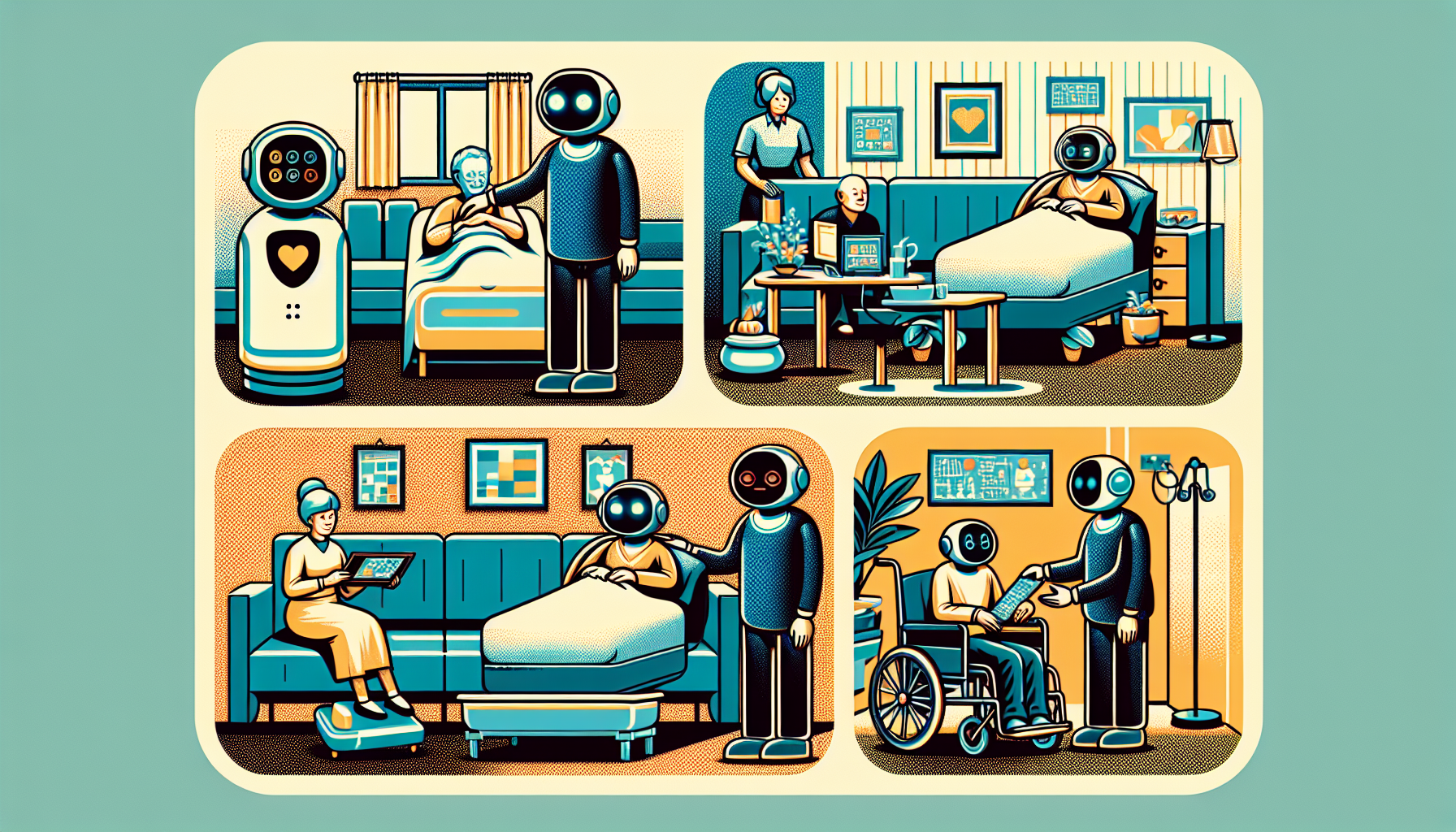AI-driven emotional support robots are reshaping the way we think about companionship and care. Guided by advanced artificial intelligence, these machines can sense human emotions and respond in ways that bring comfort and understanding. Their potential is being realized in hospitals, nursing homes, and private residences, as they help ease loneliness and support mental health where it is needed most.
Empathetic Companions for Challenging Times
A new generation of robots is being designed not just to assist, but to connect on an emotional level. One such robot, known as Robin, is now found in some hospitals and elder care facilities. Robin doesn’t just follow instructions. Instead, it observes and reflects the emotions of the people around it, reacting with empathy that feels genuine. When someone is anxious or sad, Robin can offer encouraging words, play music, lead memory games, or guide calming breathing exercises. This ability to meet patients where they are emotionally has made Robin a comforting presence, especially during stressful moments.
Bringing Technology into Healthcare
The integration of emotional support robots into healthcare goes beyond simply providing company. Soon, these robots will have tools to check vital signs, track health changes, and communicate important details to medical teams. In places where there just aren’t enough healthcare workers, they can help in practical ways too—like assisting older adults with getting dressed or using the restroom safely and with dignity. This extra support can make a real difference in the quality of care and independence for many.
Robots with a Human Touch
Robotics companies are developing ever more lifelike machines. Humanoid robots, such as Aria by Realbotix, can express emotions with their faces, hold meaningful conversations, and move in ways that are surprisingly natural. Unveiled at a recent technology showcase, Aria is supposed to be a true social companion—someone to talk to, to laugh with, and just to be there when life feels lonely. While these robots are not designed for intimacy, their realistic looks and high price tags have sparked conversation and debate. For some, they are a glimpse into a future of deeper connection with technology; for others, they raise important and sometimes uneasy questions.
Growing Presence Across Society
Emotional support robots and AI-powered chatbots are appearing in more places every day. Schools, workplaces, hospitals, and long-term care homes are all beginning to use these tools to offer 24/7, judgment-free support. For people cut off from regular mental health services or who simply need a friendly presence, these technologies provide a lifeline. Many users find comfort in knowing that someone—or something—is always there to listen.
Navigating New Ethical Frontiers
As emotional support robots become more common, big questions arise. Protecting privacy, keeping personal information secure, and making sure people do not become too dependent on machines are all top concerns. Experts insist that technology should help people, not take the place of human caregivers. Building trust, being open about how robots work, and providing clear information about their purpose will be key to their success in society. Rules and guidelines must follow as adoption widens, making sure that these tools serve with integrity and respect.
A Hopeful Path Forward
The future looks bright for emotional support robots. Rapid advances in AI are making them more attuned to human feelings, better able to adapt to each individual, and easier to bring into daily life. They promise to give comfort and support to those facing mental or physical challenges, to help seniors remain independent, and to lighten the load on healthcare workers everywhere.
AI-driven emotional support robots offer a new kind of partnership between humans and machines. By blending empathy, companionship, and useful assistance, these robots are helping fill important gaps in mental healthcare and eldercare. As this technology continues to mature, it reminds us of the possibilities that arise when we combine human needs with the evolving promise of artificial intelligence.

Leave a Reply